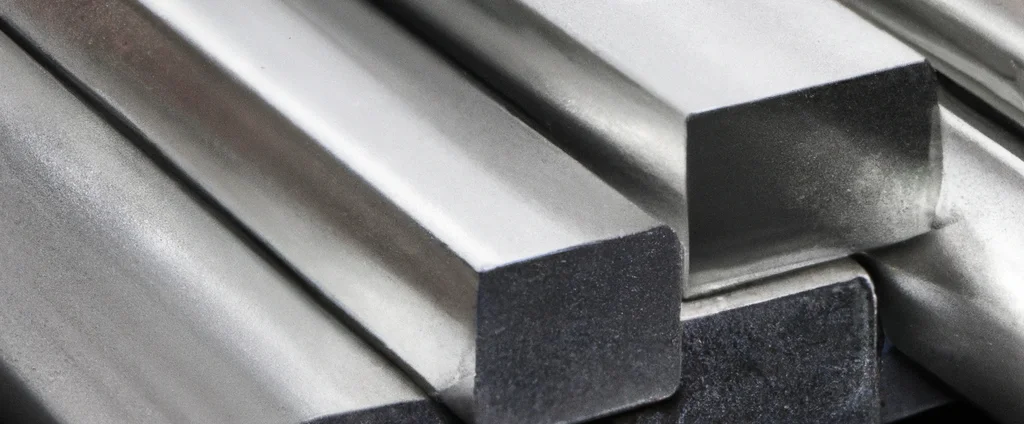Aluminum Alloy 5005 (UNS A95005)

Aluminum 5005 is a non-heat-treatable alloy in the 5000 series, known for its excellent corrosion resistance, moderate strength, and superior formability. It is frequently used in marine and architectural applications.
| Chemical Composition | ||
|---|---|---|
| Element | Min | Max |
| Aluminum | 97.0% | 99.5% |
| Chromium | —— | 0.1% |
| Copper | —— | 0.2% |
| Iron | —— | 0.7% |
| Magnesium | 0.5% | 1.1% |
| Manganese | —— | 0.2% |
| Silicon | —— | 0.3% |
| Zinc | —— | 0.25% |
| Residuals | —— | 0.15% |
The following table provides a list of aluminum 5005 properties in both SI and US customary/Imperial units.
Click on the button to switch between Metric and Imperial units.
| Physical Properties | Metric |
|---|---|
| Density | 2700 kg/m3 |
| Mechanical Properties | Metric |
| Tensile Strength | 160 MPa |
| Yield Strength | 90 MPa |
| Young’s Modulus (E) | 70 - 80 GPa |
| Shear Modulus (G) | 26 GPa |
| Elongation at Break | 12 - 25% |
| Poisson’s Ratio (ν) | 0.33 |
| Brinell Hardness | 50 HB |
| Thermal Properties | Metric |
| Melting Point | 630 - 655 °C |
| Thermal Conductivity | 200 W/m·K |
| Specific Heat Capacity (Cp) | 900 J/kg·K |
| Coefficient of Thermal Expansion (αL) | 2.35×10-5 1/°C |
| Electrical Properties | Metric |
| Electrical Conductivity | 3.0×107 S/m |
| Electrical Resistivity | 3.3×10-8 Ω·m |
The values in this table are approximate and can vary depending on various factors such as the specific manufacturing process and heat treatment applied to the alloy.
Advantages & Disadvantages of Aluminum 5005
| Advantages | Disadvantages |
|---|---|
| High strength | Not heat-treatable |
| Corrosion resistance | Low fatigue strength |
| Formability | Limited machinability |
| Weldability | High cost |
Applications of Aluminum 5005
Aluminum 5005 is a preferred material for industries that need lightweight durability and resistance to saltwater corrosion. Key applications include:
- Building and construction: Widely used in roofing, siding, and architectural cladding due to its corrosion resistance, formability, and ease of fabrication.
- Marine industry: Ideal for boat hulls, shipbuilding, and other marine applications because of excellent corrosion resistance properties, particularly in saltwater environments.
- Electrical and electronic components: Commonly used for heat sinks, electronic enclosures, and bus bars thanks to good thermal and electrical conductivity.
- Automotive industry: Popular choice for body panels, fuel tanks, and heat shields due to its lightweight nature and corrosion resistance.
- General manufacturing: Frequently employed in sheet metal fabrication, stamping, and spinning because of its excellent formability and ease of fabrication.
- Food and beverage packaging: Used for cans, lids, and closures as it offers high corrosion resistance, formability, and is non-toxic.
- Signage and displays: Preferred material for outdoor signs and trade show displays due to good formability and ability to be easily painted or coated.
